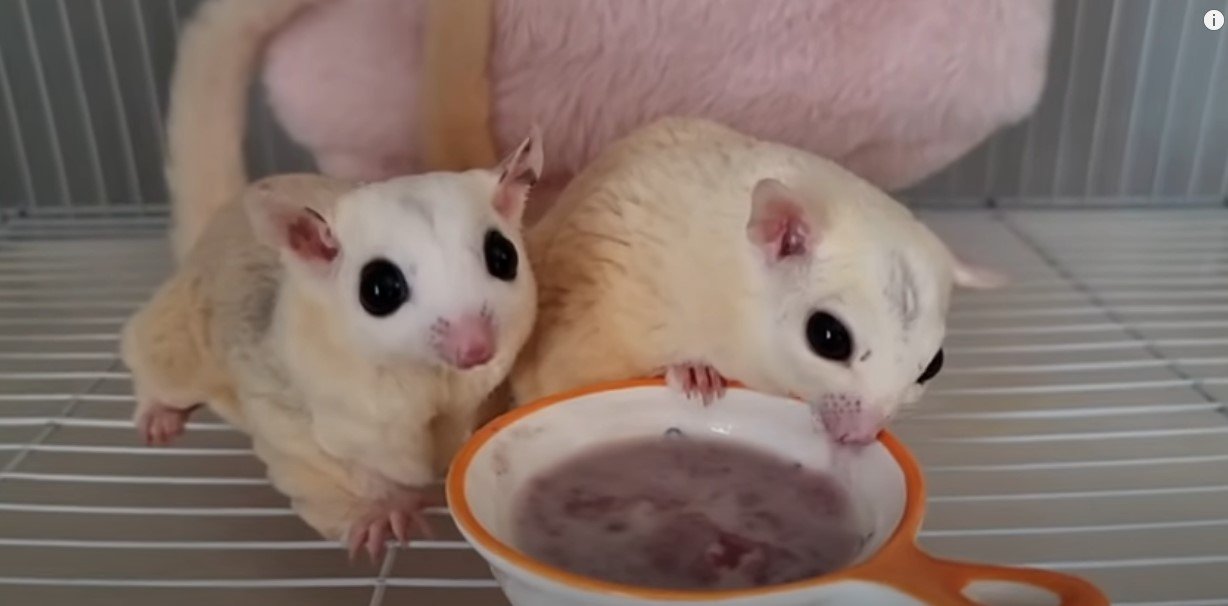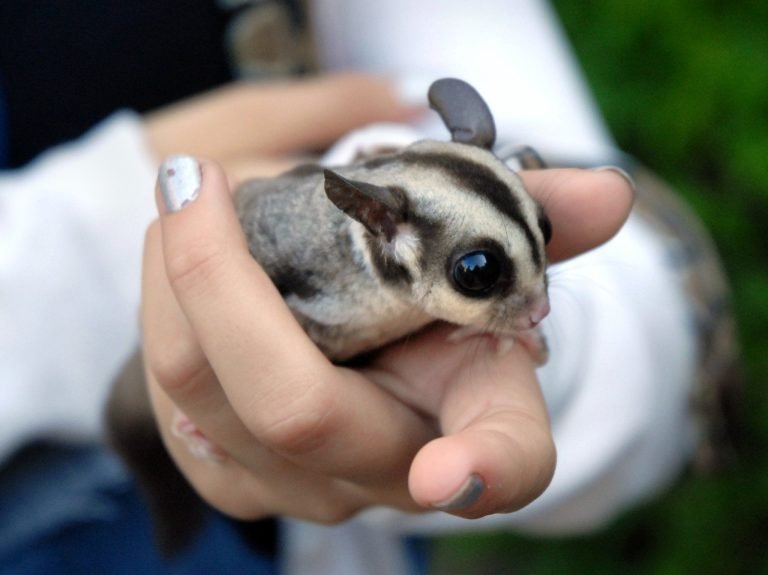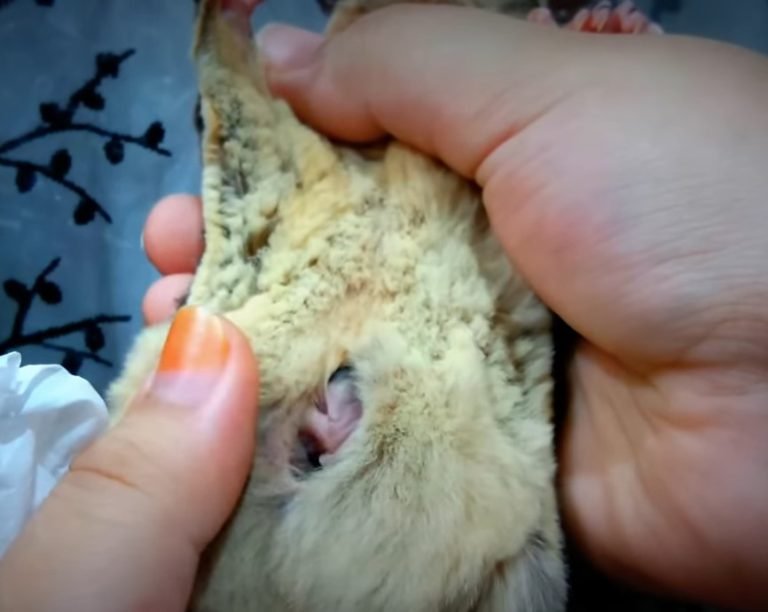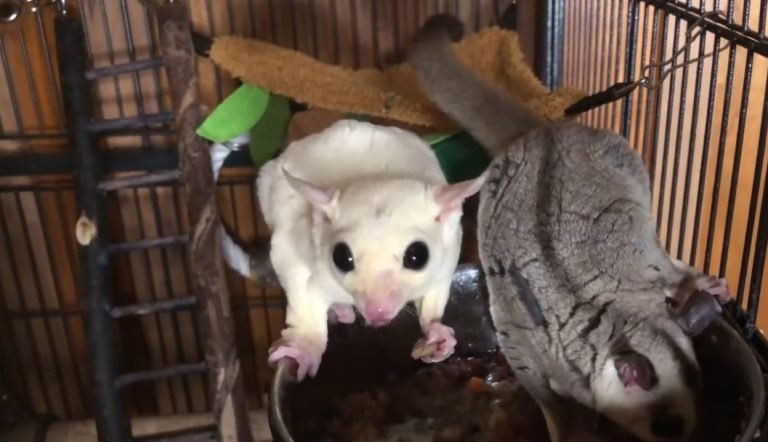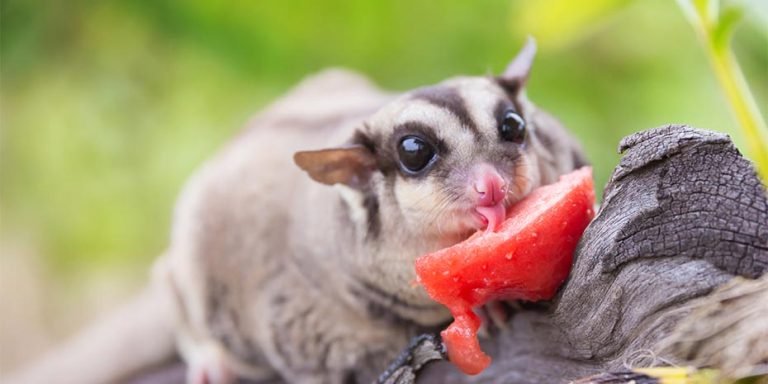How Do Sugar Gliders Adapt To Their Environment
How Do Sugar Gliders Adapt to Their Environment?
Sugar gliders are fascinating creatures that have developed a number of unique adaptations to help them survive in their natural habitat. From their physical attributes to their behavioral patterns, these small marsupials have evolved over time to thrive in the Australian rainforest.
In this article, we will explore how sugar gliders adapt to their environment and uncover the secrets behind their survival.
Physical Adaptations
Sugar gliders are known for their ability to glide through the air, similar to flying squirrels. This is made possible by a membrane of skin that stretches between their wrists and ankles, called a patagium. When they jump from a tree, they spread their limbs and the patagium catches the air, allowing them to glide smoothly. The patagium also enables sugar gliders to change direction and control their descent, giving them an advantage in navigating the dense forest.
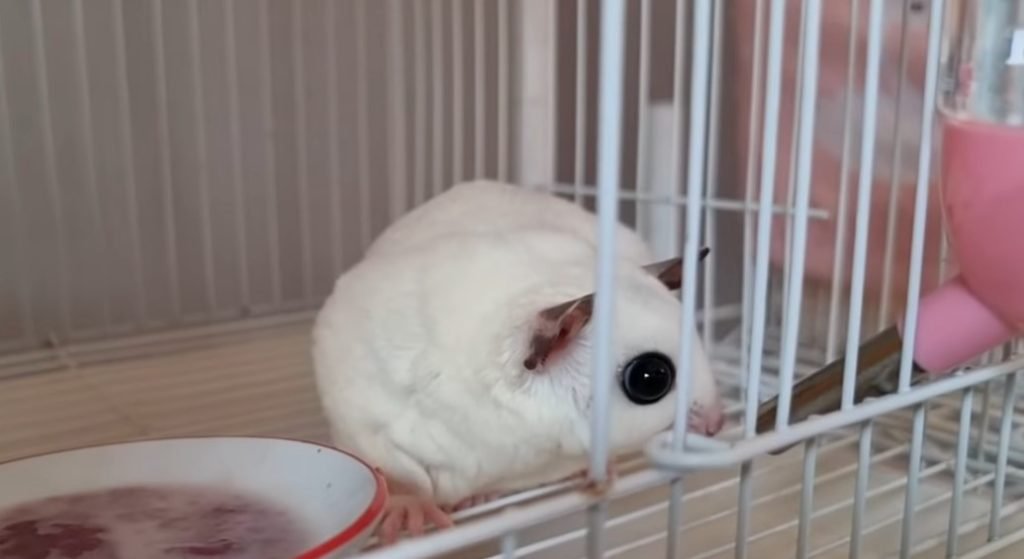
Apart from their gliding abilities, sugar gliders have sharp claws that enable them to grip onto tree branches and surfaces easily. These claws are specially designed for climbing and provide them with stability as they move through the treetops. Additionally, their feet have opposable thumbs, allowing them to grasp objects firmly and providing a greater range of motion.
Nocturnal Lifestyle
Sugar gliders are primarily nocturnal, meaning they are most active during the night. This adaptation helps them avoid predators that are more active during the day and allows them to explore their environment without much competition for resources. Being nocturnal also helps sugar gliders conserve energy during the hotter parts of the day when the sun is at its peak.
Their large, round eyes have adapted to see well in low light conditions. This enables them to navigate their surroundings effectively, even in the darkness. Their eyes contain a large number of rod cells that are highly sensitive to light, further enhancing their night vision.
Dietary Adaptations
Sugar gliders have a unique diet that consists mainly of nectar, sap, and sweet fruits, hence their name. This adaptation allows them to take advantage of the abundant food sources in their environment. Their specialized teeth and long, brush-like tongues are perfectly suited for extracting nectar from flowers and slurping up sap from tree bark.
They also consume a variety of insects and small vertebrates to supplement their diet with protein. This flexibility in food choices helps sugar gliders survive in times when their preferred food sources are scarce. They are opportunistic feeders and can adapt to different food availability depending on the season and location.
Communication and Social Structure
Sugar gliders have developed unique communication methods and social behaviors to navigate their environment. They use a combination of vocalizations, scent markings, and body language to communicate with each other. Vocalizations such as barks, chatters, and cries are used to signal danger, mark territory, or attract mates.
They have scent glands located on their heads and chests that release pheromones to communicate their presence and mark their territory. This helps them establish and maintain social bonds within their groups.
Sugar gliders are social animals and live in small family groups called colonies. These colonies usually consist of an adult male, one or more adult females, and their offspring. Living in colonies provides them with protection, as they can warn each other of potential threats and actively defend their territory.
Survival in Harsh Environments
The Australian rainforest, where sugar gliders are found, can be a challenging environment to survive in. To cope with this, sugar gliders are known to enter a state of torpor during colder months when food availability is low. Torpor is a temporary state of reduced metabolic activity that helps them conserve energy. They curl up in a warm, sheltered spot and lower their body temperature and metabolic rate, allowing them to survive with minimal food intake.
During times of drought or food scarcity, sugar gliders have the ability to lower their water requirements by extracting moisture from their food sources, reducing the need to drink water directly.
Frequently Asked Questions
1: Do sugar gliders make good pets?
While sugar gliders may seem cute and intriguing, they require specialized care and a suitable environment to thrive. They are social animals and need companionship, as well as a diet that closely mimics their natural one. Keeping sugar gliders as pets requires commitment, knowledge, and proper legal permits in some regions.
2: Do sugar gliders hibernate?
Sugar gliders do not hibernate. Instead, they enter a state of torpor, which is a temporary reduction in metabolic activity. During torpor, they become less active and conserve energy by lowering their body temperature and metabolic rate. Torpor helps them survive periods of food scarcity or extreme temperatures.
3: Are sugar gliders endangered?
Sugar gliders are currently listed as a species of least concern on the IUCN Red List. However, like many other species, they face threats such as habitat loss due to deforestation. Conservation efforts are important to ensure their long-term survival and the preservation of their natural habitat.
Final Thoughts
Sugar gliders have incredibly unique adaptations that allow them to thrive in their environment. From their gliding abilities to their nocturnal lifestyle and specialized diet, they have evolved in remarkable ways. Understanding these adaptations helps us appreciate the complexity of nature and the diverse strategies animals employ to survive and adapt to their surroundings. By studying sugar gliders, we can gain valuable insights into the delicate balance of ecosystems and the importance of conservation efforts.

